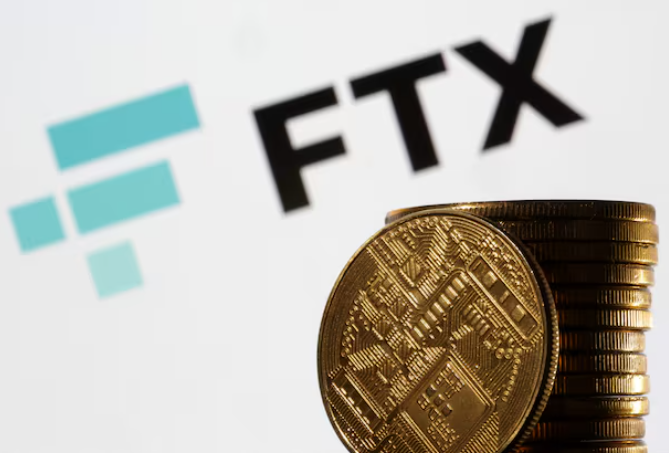FTX received court approval for its bankruptcy plan on Monday, enabling it to fully repay customers using up to $16.5 billion in assets recovered since the collapse of the once-leading crypto exchange. U.S. Bankruptcy Judge John Dorsey approved the wind-down plan during a hearing in Wilmington, Delaware, praising FTX’s success as “a model case for how to handle a very complex Chapter 11 bankruptcy proceeding.”
The plan relies on a series of settlements with FTX customers, creditors, U.S. government agencies, and liquidators managing FTX’s operations outside the U.S. These settlements permit FTX to prioritize customer repayments over competing claims from government regulators. The company aims to repay 98% of its customers—those who held $50,000 or less on the exchange—within 60 days after the plan’s effective date, which has yet to be determined.
Once one of the world’s top crypto exchanges, FTX collapsed after reports revealed that founder Sam Bankman-Fried misappropriated customer funds to cover risky bets made by his hedge fund, Alameda Research. Bankman-Fried received a 25-year prison sentence in March for stealing from FTX customers and has since appealed his conviction.
FTX continues negotiations with the U.S. Department of Justice regarding $1 billion seized during Bankman-Fried’s criminal prosecution. According to court documents, FTX shareholders, who typically would receive nothing in a bankruptcy, could obtain up to $230 million from the DOJ-seized funds.
FTX estimates it will have between $14.7 billion and $16.5 billion available to repay creditors, enough to pay customers at least 118% of their account values as of November 2022, when the company filed for bankruptcy. U.S. government agencies, including the Commodity Futures Trading Commission and the Internal Revenue Service, have agreed to let FTX prioritize customer repayments over fines and tax debts. A liquidator appointed in the Bahamas also agreed to cooperate with FTX after initially challenging the company’s authority to file for bankruptcy in the U.S.
FTX hailed this outcome as a victory for creditors, made possible by its recovery of cash and crypto assets that had disappeared during the company’s chaotic downfall. The company also raised additional funds by liquidating other assets, including its investments in tech firms like the artificial intelligence startup Anthropic. “Today’s achievement is only possible because of the experience and tireless work of the professionals supporting this case, who have recovered billions of dollars by rebuilding FTX’s books from the ground up and marshaling assets globally,” FTX CEO John Ray stated on Monday.
Customers have responded to the plan with mixed feelings. Many expressed disappointment that FTX’s collapse prevented them from benefiting from a significant rebound in crypto prices since the market bottomed out in 2022. Some customers objected to the plan, demanding higher repayments that reflect recent increases in cryptocurrency values.
David Adler, an attorney representing four objecting creditors, noted that Bitcoin’s price has surged from $16,000 in November 2022 to over $63,000. Customers who deposited Bitcoin on FTX’s exchange struggle to accept the company’s claim of a 100% recovery based on those lower prices from two years ago, Adler explained.
FTX asserted that it could not simply return the crypto assets customers had deposited because those assets had vanished, misappropriated by Bankman-Fried. At the time of its bankruptcy filing, FTX.com held only 0.1% of the Bitcoin that customers believed they had deposited on the exchange. One of FTX’s financial advisers, Steve Coverick, testified on Monday that it would be “exorbitantly expensive” to acquire billions of crypto assets on the open market to repay customers in the same types of cryptocurrency they had before the bankruptcy.

